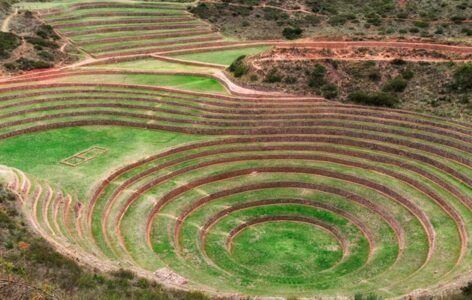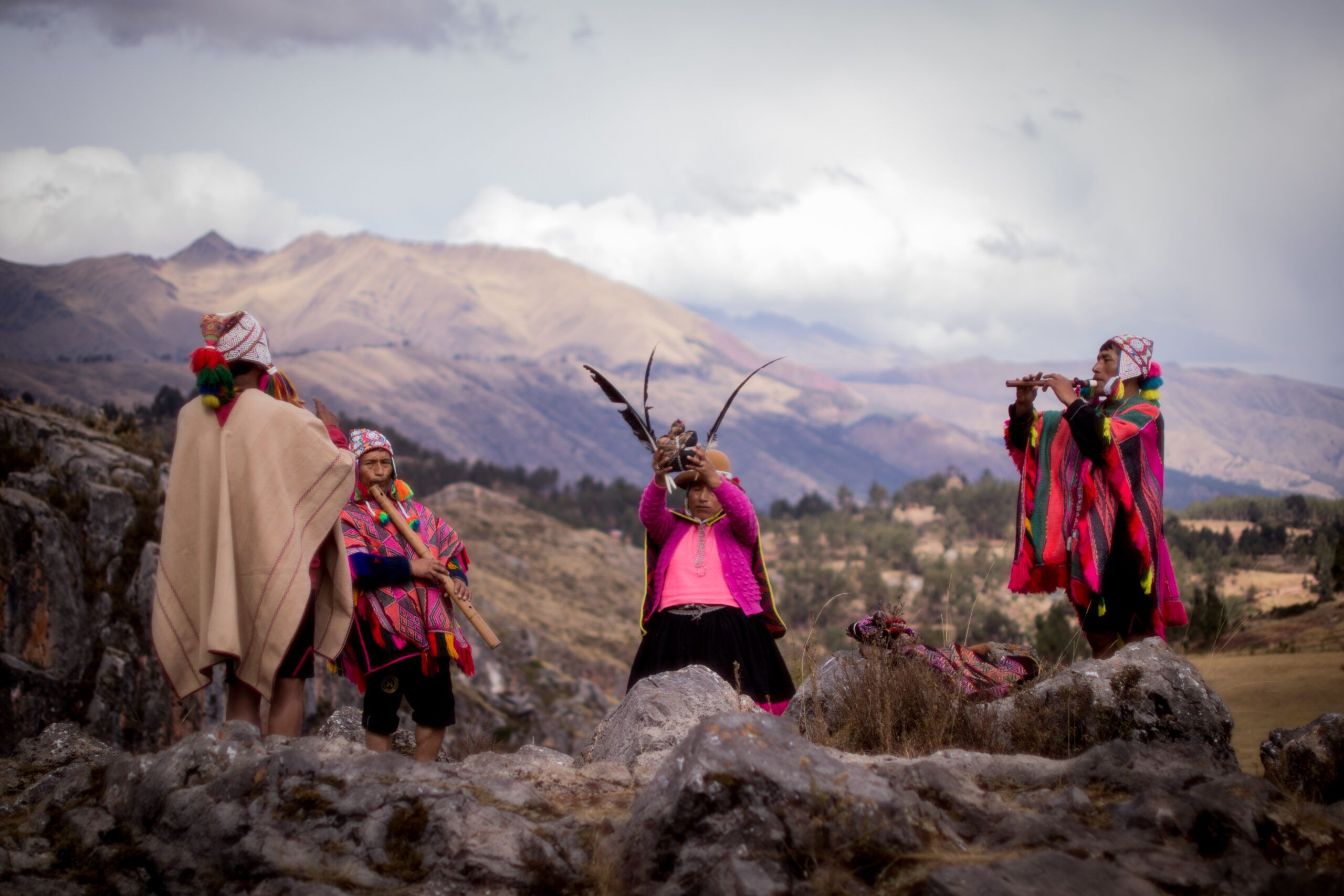Long before the modern world misunderstood and criminalized it, the Andean people revered the coca leaf as sacred. They know her as Mama Coca—a spiritual ally, a teacher, and a bridge between the human and divine. In the Andes, people don’t use coca for stimulation or escape. Instead, they pray with it, listen through it, and offer it to Pachamama, the Apus, and the unseen realms.
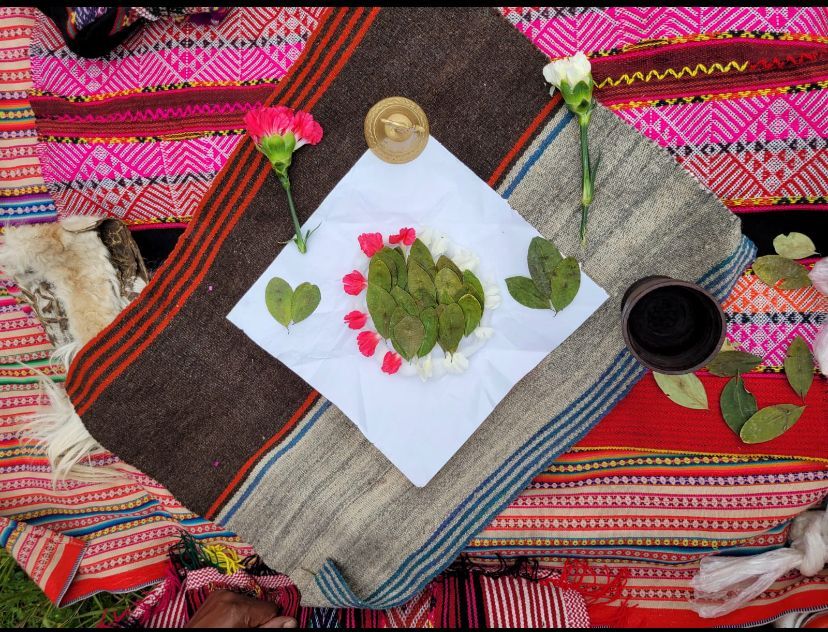
This blog honors the sacred role of coca in the Inca lineage and invites us to remember what this plant has always meant to the Andean people.
Mama Coca Leaf: A Living Being, Not a Product
In Quechua, people call the coca leaf kuka, and they treat her as a being, not a substance. They honor her as a Ñusta—a feminine spirit of high vibration—and associate her with heart energy, divine wisdom, and nourishment.
Andean communities:
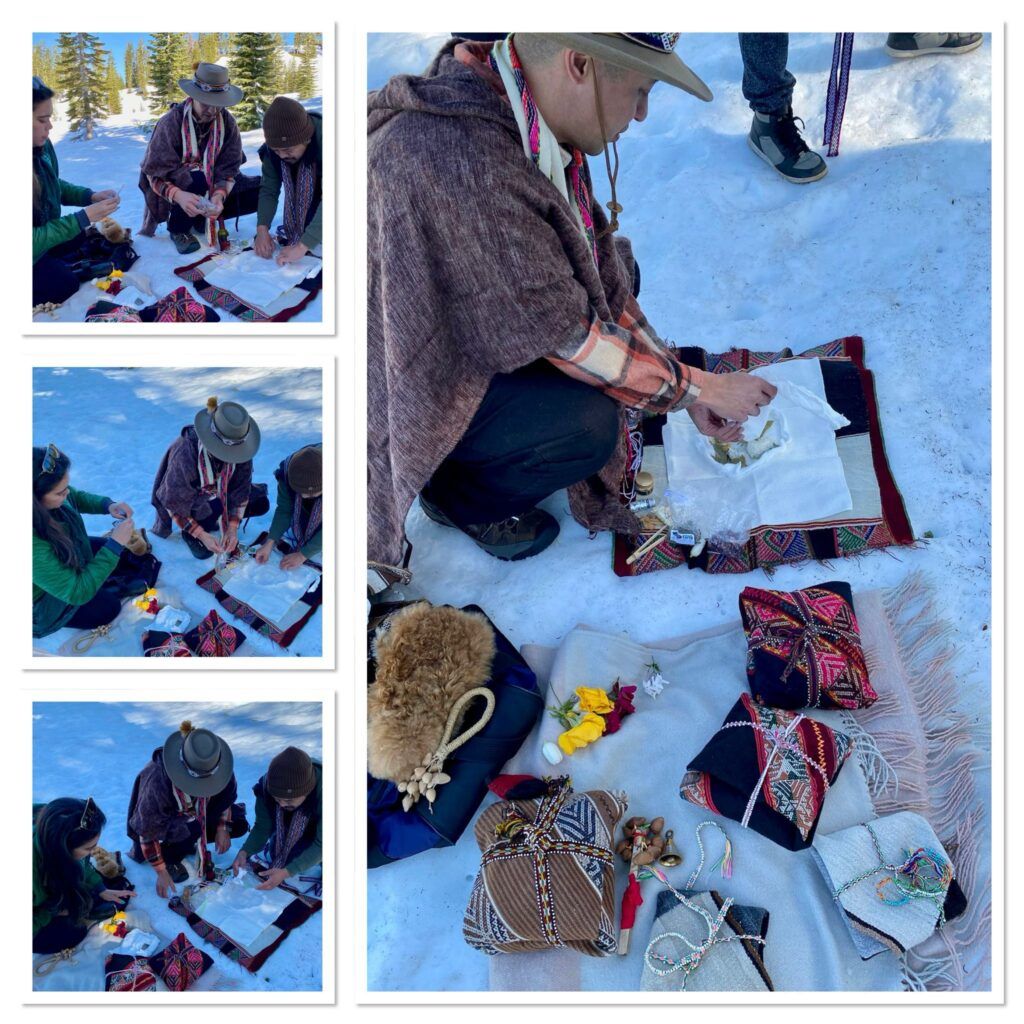
- Offer coca leaves in trios called k’intus
- Use coca in divination (haywarikuy)
- Include coca in despachos to transmit human prayers to the spirits
- Carry coca daily for grounding and communion
“When you blow your breath through coca, you are whispering your soul to the mountain.”
(Wilcox, 2004)
Andean people don’t chew coca for pleasure. They receive it with reverence, with prayer and intention, always in Ayni (sacred reciprocity).
K’intus: Coca Leaf Blessing
The most iconic ritual use of coca is the creation of k’intus—three perfect leaves held together, representing Munay, Yachay, and Llankay (love, wisdom, service). These are gently breathed upon and placed in sacred bundles, despachos, or offered to Apus during prayer.
The number three is sacred, and each leaf carries a message:
- One leaf connects you to your body and the Earth
- One to your mind and the ancestors
- One to your spirit and the stars
“Coca is a technology of memory, a bridge to the ancient ones.”
(MacLean, 2012)
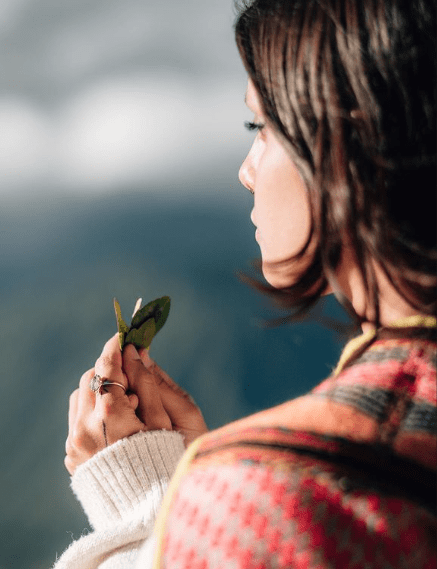
Divination with Coca Leaf: Listening Through the Leaves
In the hands of an initiated Paqo, coca becomes an oracle. Through a process called kuka qhawarina, the medicine person casts coca leaves onto a sacred cloth or the ground, and reads their placement to receive messages from:
- The person’s energy field
- Their ancestors
- The Apus or spirit guides
This reading is not intellectual. It is an intuitive, heart-based dialogue.
Coca and the Law of Ayni
Above all, coca teaches Ayni—that life is relationship. One never takes without giving. Each leaf offered carries intention, gratitude, and prayer. In Andean communities, people don’t speak while offering coca—they breathe into the leaf, whispering silently with the heart.
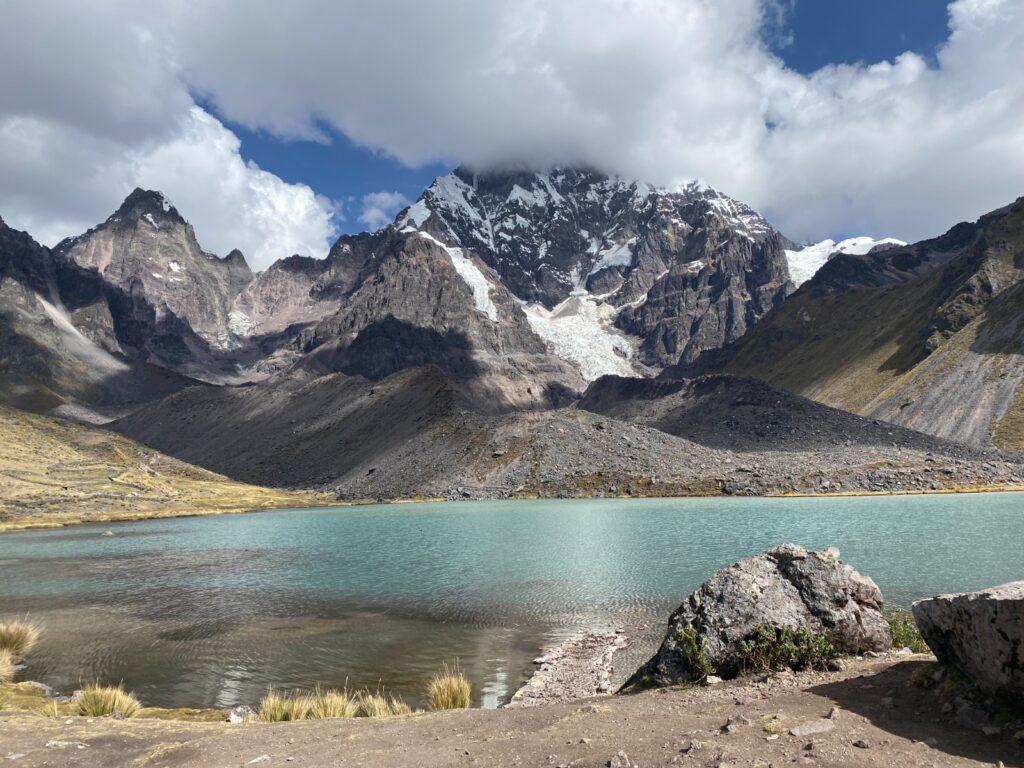
Whether offered to Apu Ausangate, a sacred waterfall, or a loved one, k’intus are acts of subtle power. They don’t demand. They connect.
“Coca doesn’t work like Western medicine. It works through presence, respect, and attention to energy.”
(Núñez del Prado, 2009)
The modern world associates coca with addiction and criminalization due to the extraction of one isolated compound: cocaine. But the sacred coca is a full-spectrum teacher plant with hundreds of natural alkaloids in harmony—none of which produce addiction when used traditionally.
For Andean peoples, the demonization of coca is a wound of colonialism, erasing spiritual heritage and Indigenous science.
Fortunately, movements are rising to decolonize plant wisdom and restore respect for coca as sacred medicine.
How to Connect with Mama Coca (Even If You’re Far Away)
If you live outside the Andes and cannot access coca legally, you can still honor her by:
- Praying with three bay leaves or rose petals, with the same intention as a k’intu
- Speaking your prayers into the wind (wayra) with reverence
- Meditating on the principle of sacred reciprocity in all relationships
The spirit of Mama Coca is not limited to geography—she moves where she is invited with love and respect.
Bibliography
- Wilcox, J. (2004). Keepers of the Ancient Knowledge: The Q’ero Mystics of Peru. Vermont: Inner Traditions.
- MacLean, K. (2012). The Shape of the Inka Heart: Wisdom from the Q’ero Masters. UK: Heart of the Andes Press.
- Núñez del Prado, J. (2009). The Andean Cosmovision. Cusco: Willka Nina Press.
- Soria, M. (1995). Mama Coca. Lima: Editorial Apus.
- Bolivia & Peru Coca Leaf Studies (UN Report, 1995)

